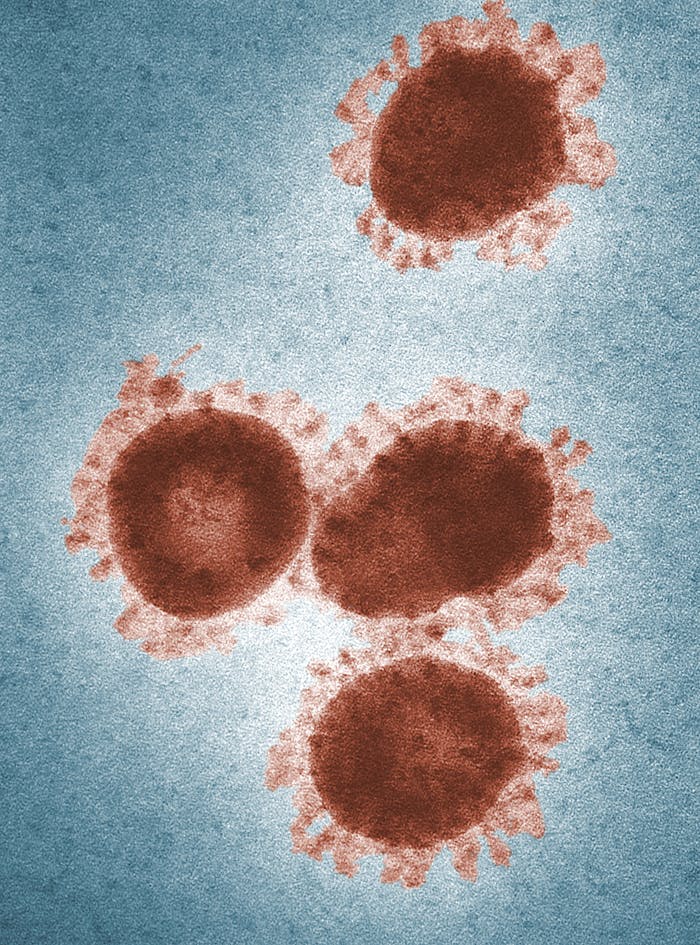Understanding the hMPV Virus Outbreak in China: What You Need to Know
In recent months, reports of the hMPV virus in China have raised concerns worldwide. This article explores what the hMPV virus is, its symptoms, transmission, prevention methods, and how it could affect public health.
What is the hMPV Virus?
The hMPV virus, also known as the human metapneumovirus, is a respiratory virus that primarily affects the lungs and airways. Discovered in 2001, hMPV is a common cause of respiratory infections in people of all ages, but it is particularly harmful to children, the elderly, and individuals with weakened immune systems.
Unlike better-known respiratory viruses like influenza or COVID-19, the hMPV virus has remained relatively under the radar. However, its recent surge in China has put it in the spotlight.
Why is the hMPV Virus in China Making Headlines?
China has been experiencing a spike in cases of the hMPV virus, especially during the winter months. Hospitals have reported an increase in patients presenting symptoms like severe cough, fever, and difficulty breathing. While respiratory viruses are common during colder seasons, the rapid spread of hMPV has raised concerns about its potential to overwhelm healthcare systems.
Moreover, many experts believe that reduced immunity in the population following years of COVID-19 restrictions may have contributed to the surge in infections. This scenario serves as a reminder of the importance of monitoring emerging and re-emerging infectious diseases.
How Does the hMPV Virus Spread?
The hMPV virus spreads similarly to other respiratory viruses, including the common cold and influenza. Transmission occurs through:
1.Respiratory Droplets: When an infected person sneezes, coughs, or talks, the virus can spread to others nearby.
2.Surface Contact: Touching surfaces contaminated with the virus and then touching your face can lead to infection.
3.Close Contact: Being in close proximity to an infected individual, especially in crowded or poorly ventilated spaces, increases the risk of transmission.
Using preventive measures, such as maintaining good hygiene and avoiding close contact with sick individuals, can help reduce the spread.
Symptoms of the hMPV Virus
The symptoms of hMPV can range from mild to severe and often resemble those of other respiratory illnesses. Common symptoms include:
•Fever
•Cough
•Nasal congestion or runny nose
•Shortness of breath
•Fatigue
•Sore throat
In severe cases, especially in vulnerable populations, hMPV can cause bronchiolitis, pneumonia, or even respiratory failure. If symptoms worsen or persist, seeking medical attention promptly is crucial.
Who is Most at Risk?
While anyone can get infected with hMPV, certain groups are at higher risk of severe complications:
•Infants and young children: Their underdeveloped immune systems make them particularly vulnerable.
•Older adults: Age-related weakening of the immune system increases susceptibility.
•People with pre-existing conditions: Those with asthma, chronic obstructive pulmonary disease (COPD), or heart disease are more likely to experience severe illness.
•Immunocompromised individuals: People undergoing treatments like chemotherapy or those with organ transplants are at increased risk.
How is the hMPV Virus Diagnosed?
Diagnosing hMPV can be challenging because its symptoms overlap with those of other respiratory viruses. Healthcare providers may use laboratory tests, such as PCR (polymerase chain reaction) testing, to detect the virus in nasal or throat swabs. In severe cases, chest X-rays or CT scans may also be used to assess lung involvement.
Is There a Treatment for hMPV?
Currently, there is no specific antiviral treatment for hMPV. Management typically involves supportive care to relieve symptoms and ensure adequate hydration. For severe cases, hospitalization may be necessary to provide oxygen therapy or mechanical ventilation.
Doctors often recommend:

•Over-the-counter medications for fever and pain relief.
•Rest and fluids to help the body recover.
•Humidifiers or saline nasal sprays to ease congestion.
Preventive Measures to Protect Against hMPV
Preventing the spread of hMPV requires simple yet effective measures:
1.Practice Good Hygiene: Wash hands frequently with soap and water for at least 20 seconds.
2.Wear Masks: In crowded or high-risk areas, wearing a mask can reduce exposure to respiratory droplets.
3.Disinfect Surfaces: Regularly clean high-touch surfaces like doorknobs, phones, and countertops.
4.Stay Home When Sick: Isolate yourself if you feel unwell to avoid spreading the virus to others.
5.Avoid Close Contact: Minimize physical contact with individuals showing symptoms of illness.
The Global Impact of the hMPV Virus
China’s hMPV outbreak highlights the importance of global preparedness for emerging infectious diseases. While the virus itself is not new, its recent resurgence serves as a warning to healthcare systems worldwide.
Countries around the world are taking note of China’s situation, increasing surveillance, and sharing data to prevent larger outbreaks. Public health experts emphasize the need for continued investment in infectious disease research and vaccine development.
What Can We Learn from COVID-19?
The COVID-19 pandemic taught us several lessons about dealing with respiratory viruses, many of which apply to hMPV:
1.Early Detection Saves Lives: Identifying outbreaks early can prevent widespread transmission.
2.Vaccines Matter: Although no vaccine for hMPV exists yet, research and development are essential.
3.Global Collaboration is Key: Sharing information and resources among countries strengthens the global response to outbreaks.
What’s Next for hMPV Research?
Scientists are actively studying hMPV to develop vaccines and antiviral treatments. Advances in biotechnology and mRNA vaccine technology offer hope for faster solutions in the future. Until then, public health measures and awareness remain the best tools to combat the virus.
How Can You Stay Informed?
Staying updated with reliable information is crucial to understanding the evolving situation with hMPV and other health concerns. Trusted websites, such as News for Every Online, provide comprehensive coverage of the latest developments.
For additional information about the hMPV virus and other infectious diseases, refer to the World Health Organization’s website or other credible health platforms.
Conclusion
The hMPV virus in China serves as a reminder that vigilance is essential when it comes to public health. Understanding the virus, its symptoms, and prevention methods can help individuals protect themselves and their communities. By following good hygiene practices and staying informed, we can reduce the risk of transmission and support efforts to control the spread.
Let us not underestimate the impact of respiratory viruses like hMPV. Instead, let’s use this opportunity to strengthen our collective response and ensure a healthier future for all.
